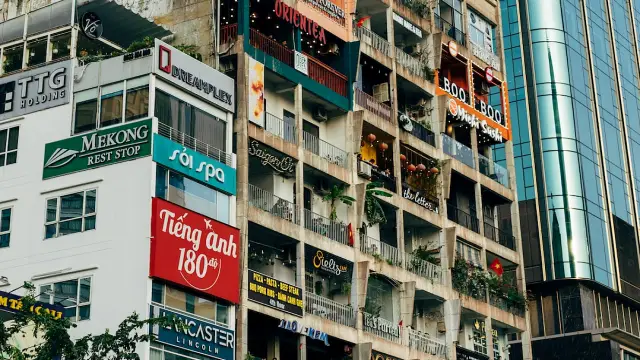Apple has accusomed us to producing all kinds of devices their customers need, first to ensure seamless interoperability between them and second to keep users involved in its “ecosystem” of products.
However, it seems that another range of devices will disappear in the near future, the signs being present for more than two years. The range of AirPort routers has come to an end, with users to be guided to solutions produced by other companies.
AirPort routers have not been improved since 2013, and two years ago Bloomberg reported that their development team had been disbanded and its employees were distributed to other Apple divisions.
9to5mac has published an article that includes the detail of an Apple representative who confirms that AirPort devices are out of stock and that they will be available in Apple stores and partner offers within the limits of available stock.
This means that Apple will soon remove three products from the offer: AirPort Express, the base model, which costs $99, the AirPort Extreme model, which reaches $200, and the two TimeCapsule models, which were a hybrid between a router and a network backup device, priced at $300 and $400 respectively for the 2- and 3-TB variants.
Given that Apple already sells a number of router partners in its stores, and that its models were no longer popular, there was little motivation to continue this product range. Also, the technology has advanced a lot in the last few years, the competing offer being much more efficient at lower prices.
For Apple users looking for a wireless internet solution, the company offers a list of specifications needed for a quality experience with its products. An IEEE 802.11ac support router with simultaneous dual-band transfer capabilities, compatible with WPA2 encryption and preferably with MIMO or MU-MIMO antennas is required for improved speeds when multiple devices are used simultaneously.
Apple does not question the return to this product market, but it will not do so unless it has to make “an important contribution in this space”.




















